The Government yields without counterparts to the Church to launch a project in Cazgamuros for 30.5 million euros | Spain
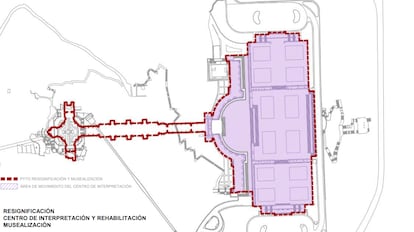
The decision of the government of, against his own criteria of the last five years, Allowing the permanence of the Benedictine community in the Cuelgamuros Valley, formerly called the Fallen, does not have any compensation for the Executive beyond the Church’s permission to launch an international competition of ideas for the resignification of the monument, according to sources from the Ministry of the Presidency.
After the last Pope meeting with Pedro Sánchez, Last October, what was transmitted from Moncloa was that they were working to resolve two issues: that the Spanish Church faced the Compensation for pedophilia and the eviction of the Benedictines of Cuelgamuros as part of the resignification process provided for the Democratic Memory Law for the complex. Finally, the monks remain and asked in case the counterpart for this assignment by the Executive was for the Church to accept those acts of repair to the victims of abuse, government sources assure that these negotiations « go for a different channel and have nothing to do with the agreement on Co -Camamuros. »
The bishops have been warning for months that they will not collaborate contributing money and will continue to « repair » those affected through their internal processes. More than a hundred victims who have come to these ecclesial processes deny that the Church is repairing them. Testimonies collected by this newspaper indicate seven monks of the Benedictine community in Cazgamuros until the seventies for Sexually abuse them when they were children.
The negotiation has been carried out by Félix Bolaños, Minister of Presidency and Justice, who is the one who takes relations with the Church. Sources of said Ministry underline, after the change of criteria, that the « elements » profranquista in the community have been relieved, in allusion to the prior Santiago Cantera, which in his youth was a Falange candidate in two electoral processes and the day of the exhumation of Franco’s remains, which he opposed until the end, He was about to be arrested. In any case, the government had so far maintained that the presence of « the Benedictine community » in the monument was « incompatible » with its resignification.
Once this agreement with the Church is signed, the Government will launch in the next few days an international competition of ideas to remodel the Cuelgamuros Valley, which will include a Museum of Memory or Interpretation Center in its esplanade. Executive sources say that « resignification will continue in the basilica. » The Archdiocese of Madrid has assured in a statement that « the only thing definitely agreed has been the permanence of the Benedictine community and the non -desacralization of the basilica, as well as respect for all religious elements located outside it. » « Any other aspect related to resignification, » they add, « it is the exclusive competence of the Holy See and the Government, which are the parts that have carried out the negotiations. In relation to the interventions within the temple, they will be studied respecting the liturgical criteria and the end for which the basilica has been erected. »
The Church will also be part of the jury
The project has a budget of 30.5 million euros, of which 26 will correspond to the works (in charge of the budget of the Ministry of Finance) and the rest, to the contest and fees, at a rate of 60,500 euros for each of the 10 works selected in the first phase and another 60,500 for the winner. It will be an « independent jury », according to sources from the Ministry of Housing, which will assume the costs derived from the contest, which chooses the winning idea. It will have nine members, among representatives of different ministries, professionals of the College of Architects and a member of the Church. Regarding the deadlines, the Government plans to start the works at the end of 2026. Any delay or electoral advance could disrupt the project, as has already happened when the executive of José Luis Rodríguez Zapatero presented, already in functions, in November 2011, the Report of the expert committee proposed by the transfer of Franco’s remains Out of the Valley of the Fallen. Mariano Rajoy, then president of the PP and winner of the elections, put it in a drawer. The Socialists They had to wait eight years, until October 2019, To move, already in La Moncloa, the dictator’s tomb to the Mingorrubio cemetery, in the brown.
Franco’s exhumation was the first milestone of the valley resignification process. He was followed by the transfer, in April 2023, of the remains of the founder of Falange, José Antonio Primo de Rivera; the change of denomination of the complex (« of the fallen » to « from Cuelgamuros ») and, since June 2023, the Forensic labor Inside the crypts to attend more than 160 requests from relatives who wish to recover the remains of their loved ones buried there and that were mostly transferred to mausoleum without their knowledge After the bodies of common graves are extracted during the Francoist dictatorship. Two milestones were pending in this process: the expulsion of the Benedictine community and the International Ideas Contest to convert mausoleum into an interpretation center. The government has renounced the first because it ensures that there was no alternative « to be able to carry out the second with the opposition of the Church. In spite of everything, they claim to be « very satisfied » with the agreement.
The specifications of the ideas contest includes three elements: the explanation of how the monument was built, with a good part of the prey labor; The description of the moment in which he got up, in full Franco dictatorship and for what purposes –Initially I was only going to house victims of the national side, the « fallen by God and Spain », but many families threw themselves back to the delay in construction; And its meaning, that is, symbiosis in the building of religion and politics, nationalcatolicism. Sources from the Ministry of Territorial Policy and Democratic Memory point out that they expect “multidisciplinary teams”, in which there are architects, artists, landscapes and historians, and admit that finding a way to contribute “a democratic look” to the set “will not be simple”. They also expect to receive “great impact” ideas and have set in other spaces such as the Holocaust monument in Berlin; the monument for peace and justice in Montgomery, Alabama; the center of memory, peace and reconciliation, in Bogotá; The memorial to the victims of violence in Chapultepec, Mexico City or the Museum of Memory and Human Rights in Santiago de Chile.

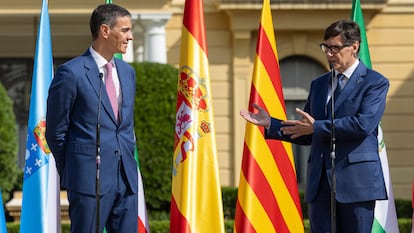
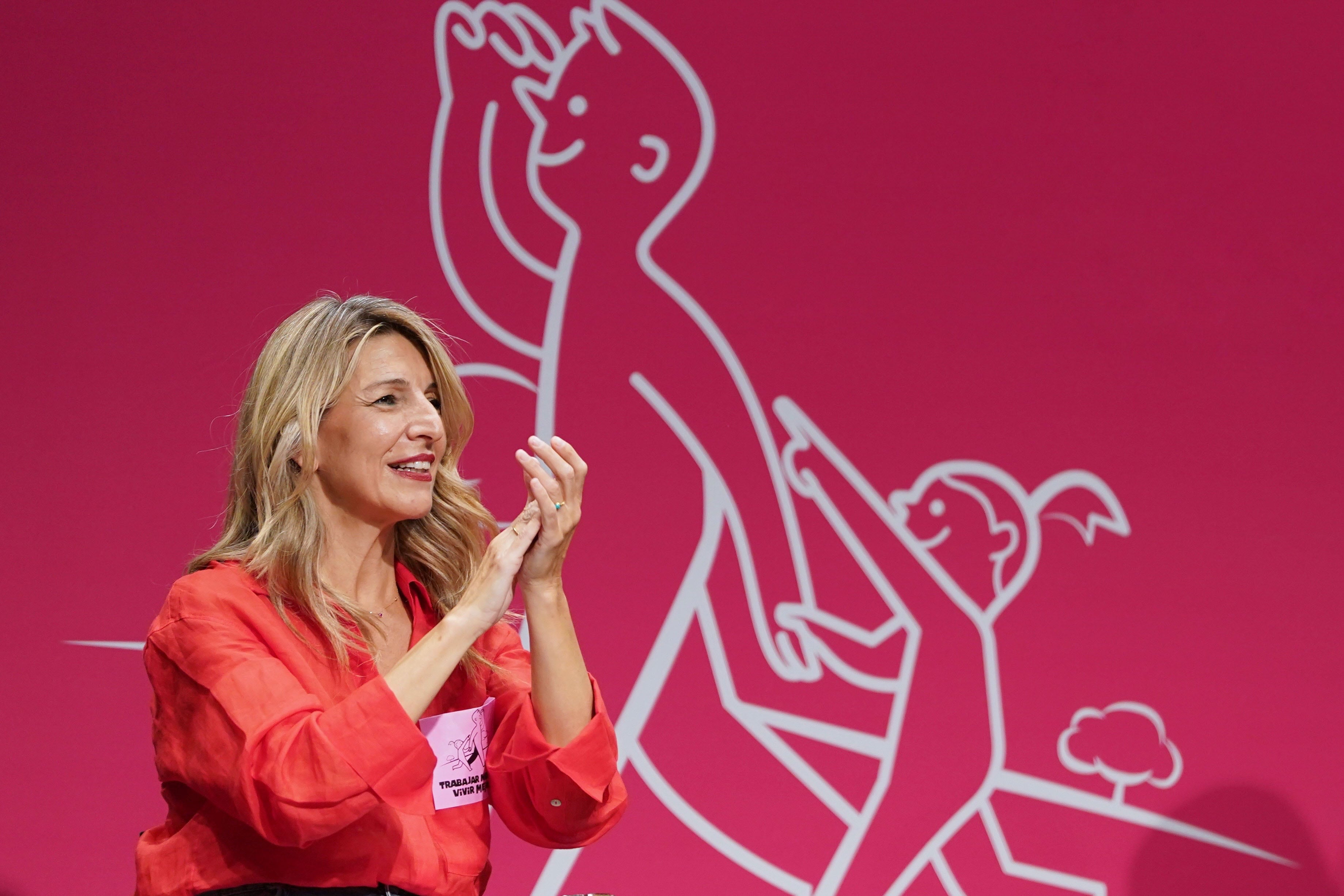



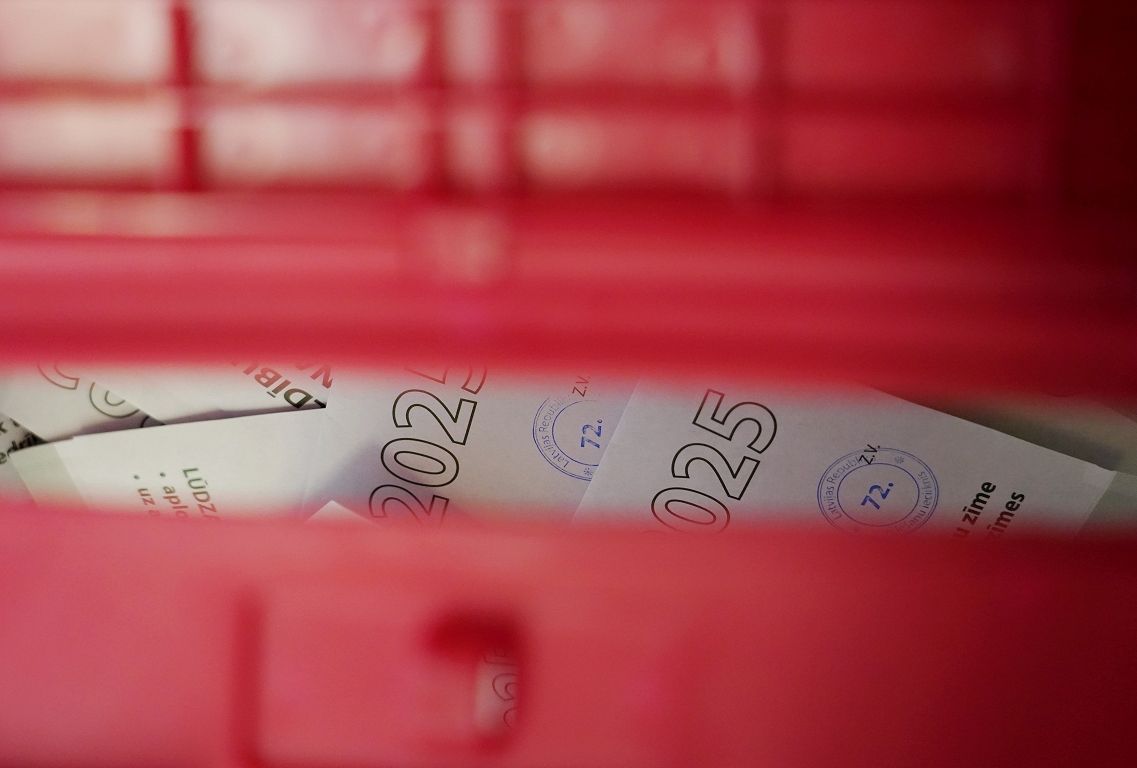
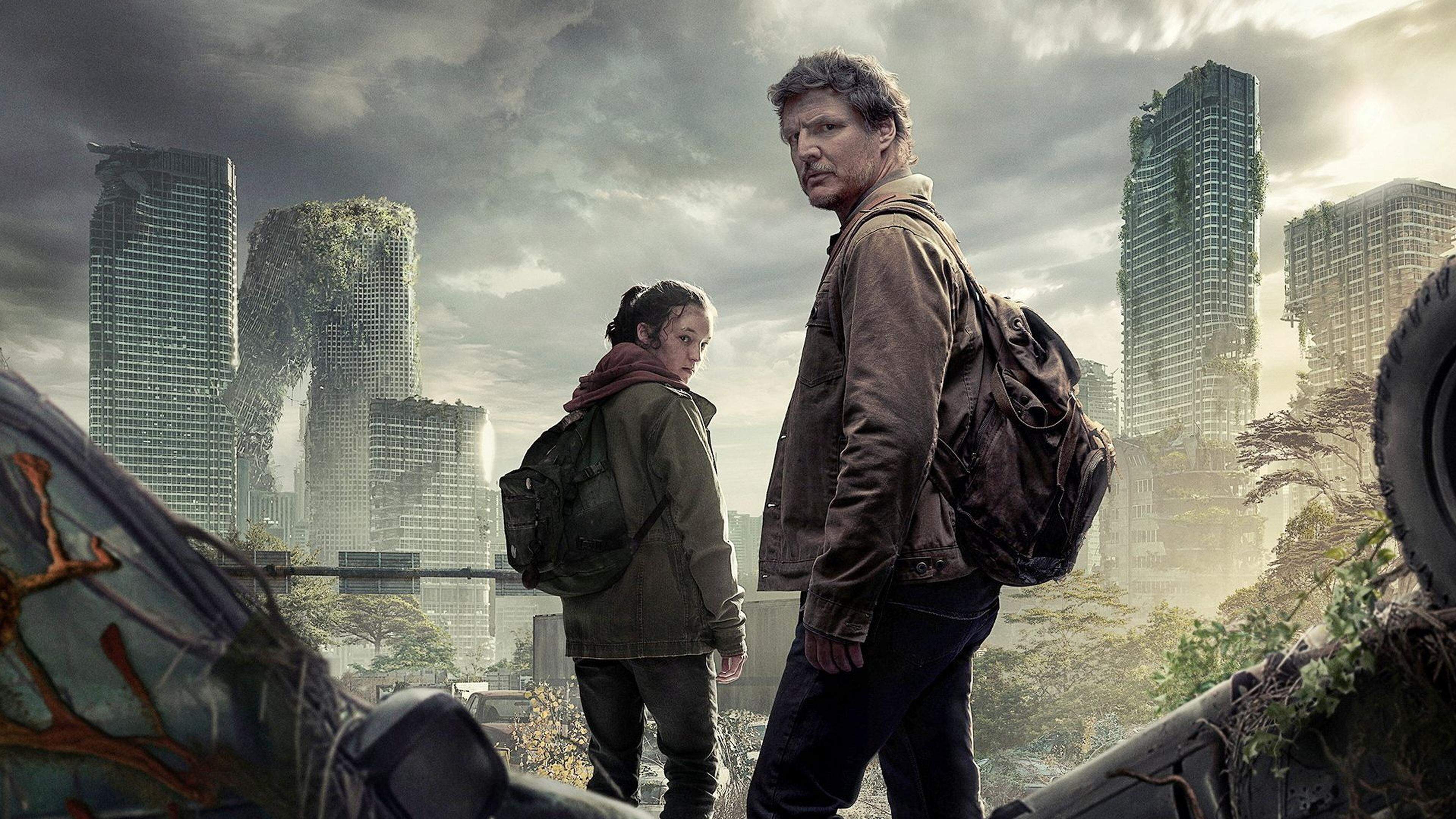
:format(jpeg):fill(f8f8f8,true)/s3/static.nrc.nl/wp-content/uploads/2019/10/youp5bij3.png)